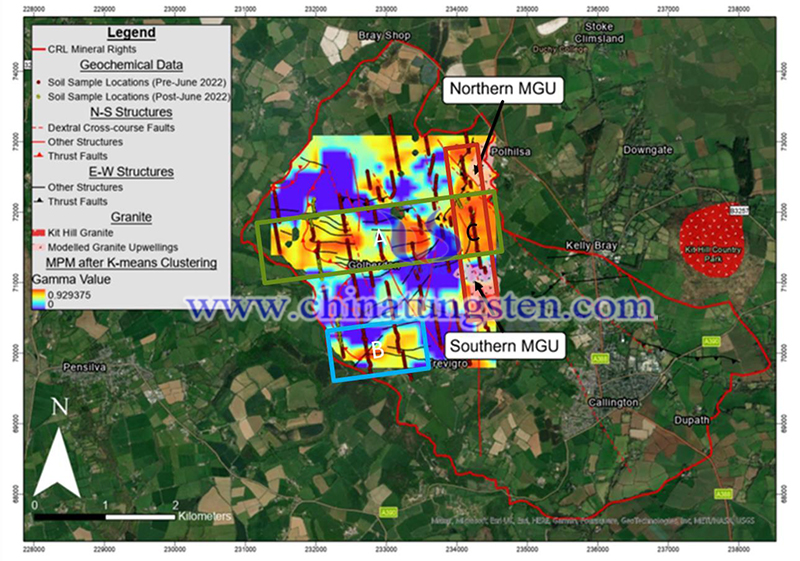Saskatoon Rare Earth Processing Plant to Open Soon
- Details
- Category: Tungsten's News
- Published on Sunday, 02 October 2022 19:35
Dignitaries, politicians and Indigenous groups from Canada's Northwest Territories, Saskatchewan and Norway will be in Saskatoon to inaugurate a $20 million rare earth processing plant. The plant will process rare earths from the Nechalacho mining project in the Northwest Territories, nearly 2,000 kilometers away.
The Nechalacho operation, owned by Cheetah Resources, a subsidiary of Australian company Vital Metals, has been in operation since 2021. It is the first rare earth operation in Canada and the second in North America, and David Connelly, Vital Metals' vice-president for strategy and corporate affairs, said the decision to process the material in Saskatoon came down largely to the economy and the pace of development of rare earth materials.
David Connelly said, "There are two issues: the cost of electricity and the processing of permits, and the biggest cost of processing minerals is the cost of electricity. And with respect to permit processing, it takes five, six, seven years in the Northwest Territories, a few months in Saskatchewan, and, they're not reducing the number of barriers. They just have a more efficient and effective way to handle the process."

The rare earth processing plant is still in the construction phase and several key pieces of equipment were installed last month. The equipment will help turn the mixed rare earth concentrates from Nechalacho into mixed rare earth carbonates. It will then be shipped to Norway for further processing before being shipped to Germany for use in electric vehicles.
The company began shipping concentrated ore by rail from the city of Hay River in North Rhine-Westphalia in April. The term rare earth element is used to describe 17 metallic elements, including 15 lanthanide chemical elements, as well as scandium and yttrium.
These elements tend to occur in the same deposits and are extremely valuable for a number of industrial uses such as clean energy, aerospace and automotive manufacturing, but the problem is that they are in very low concentrations. The largest global use of these elements is in the production of permanent magnets in electric car motors.

We need rare earth elements to create a greener future, but there is a problem. China dominates the rare earths market, with an estimated annual production of 127,000 tons in 2020, accounting for nearly 60% of global production. The United States (34,000 tons), Myanmar (27,000 tons) and Australia (15,000 tons) are also major players in the world.
In Canada, there are currently 21 rare earth mining projects in various stages of development, ranging from exploration to resource evaluation. According to Natural Resources Canada, these projects are located in the Northwest Territories, Quebec, Ontario, Newfoundland and Labrador, Alberta and Saskatoon.
(Article source: www.cbc.ca)
- Rare Earth Manufacturer & Supplier, Chinatungsten Online: www.chinatungsten.com
- Tungsten News & Prices of China Tungsten Industry Association: www.ctia.com.cn
- Molybdenum News & Price: news.molybdenum.com.cn
- Tel.: 86 592 5129696; Fax: 86 592 5129797; Email: sales@chinatungsten.com



 sales@chinatungsten.com
sales@chinatungsten.com